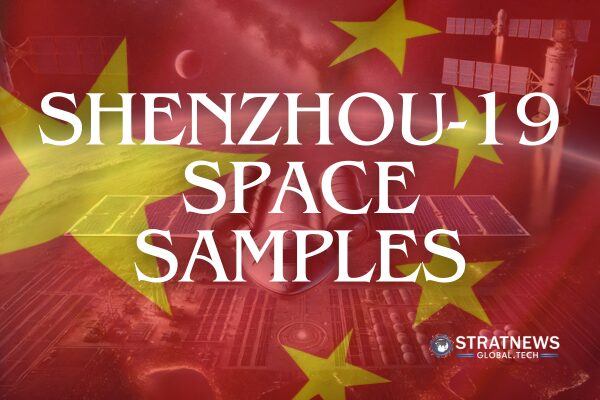Shenzhou-19 Astronauts Transfer Space Experiment Samples for Scientific Study
Samples from space experiments, brought back to Earth by the Shenzhou-19 mission, have now been handed over to scientists in Beijing. These materials are set to play a key role in advancing research in several scientific fields.
Largest Batch of Biological Samples Returned by Shenzhou-19
The Shenzhou-19 spacecraft landed safely on Wednesday, returning from a six-month mission with a total of 37.25 kilograms of samples. The mission carried out 25 experiments in areas such as space life science, materials science, and emerging technologies.
Out of these, 20 samples came from biological experiments. They include human bronchial epithelial cells, bone cells, osteoblasts, early human and animal embryos, protein samples, and fruit flies. This is the widest range of biological specimens brought back since the Chinese space station began operating in late 2022.
These sensitive materials were transported immediately to Beijing after landing at the Dongfeng site in western Inner Mongolia. The Chinese Academy of Sciences (CAS) hosted a ceremony on Wednesday evening, where the samples were officially handed over to research teams.
Fruit Flies Help Understand Life in Space
Fruit flies were among the biological samples returned. These insects, like zebrafish and white mice, are commonly used in space experiments due to their genetic similarity to humans. Research involving fruit flies has contributed to six Nobel Prize-winning studies.
The flies studied during the mission were descended from those delivered by the Tianzhou-8 cargo spacecraft in November last year. They were used to explore how life forms might grow and reproduce in space-like environments, such as those found on the Moon or Mars.
According to Li Yan, a researcher at CAS’s Institute of Biophysics, the fruit flies showed difficulty adapting to microgravity. They floated or crashed, and displayed changes in natural behaviours like feeding and mating. Researchers now plan to analyse this data further to understand the underlying biological shifts caused by space conditions.
Materials for Future Space Missions
In addition to the biological specimens, 22 other samples, such as high-strength steel and materials designed to reinforce lunar soil, will also be transferred to Beijing. These will help scientists study how advanced materials perform in space, potentially aiding future lunar or planetary missions.
Understanding how organisms and materials behave beyond Earth could help humanity prepare for longer missions to the Moon, Mars, or even interstellar space. These early studies are vital to exploring life and technology beyond our planet.
with inputs from Reuters


